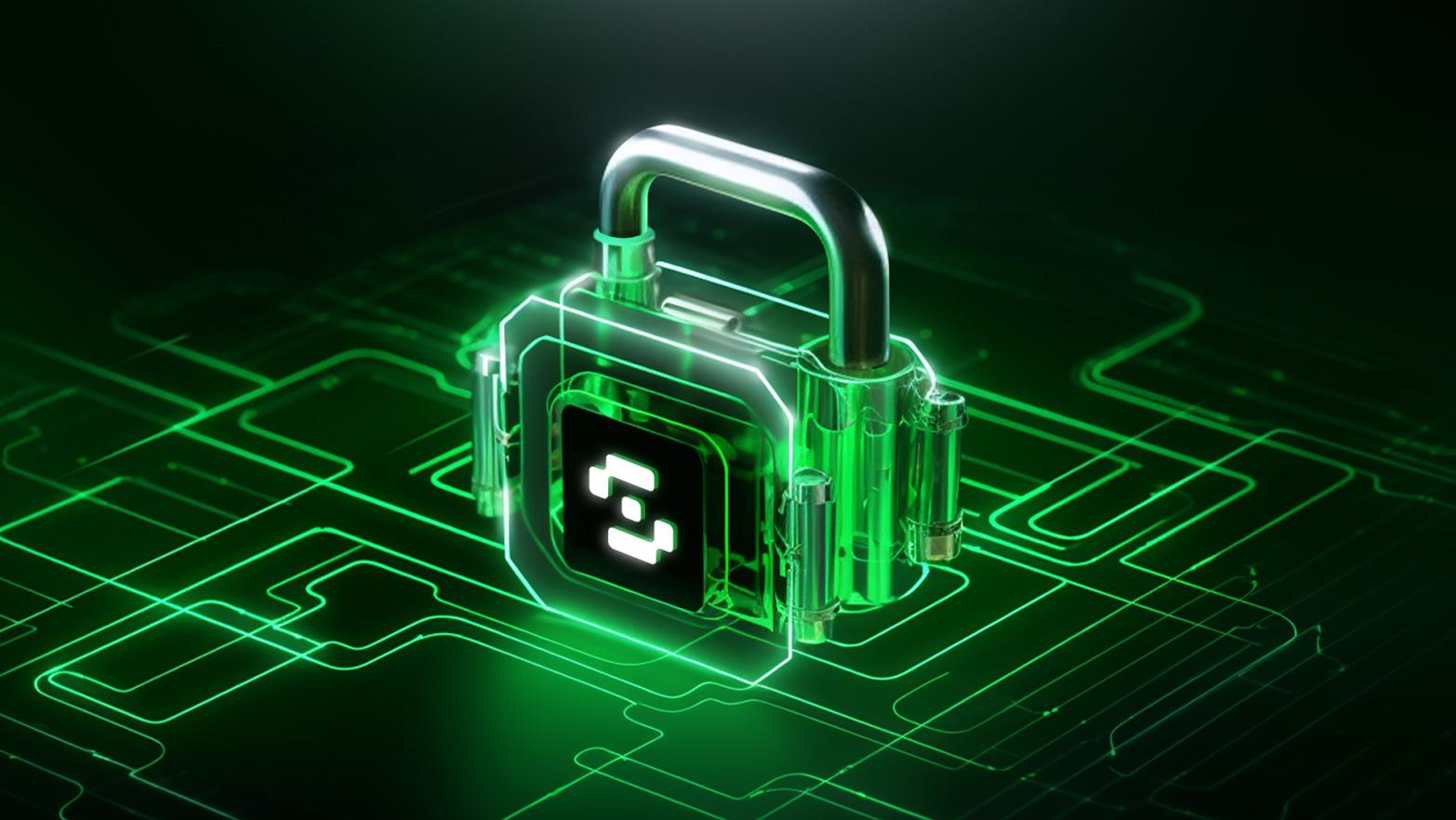Protecting Your Coins from Physical Disaster

This week's continued tragic fires in Los Angeles have highlighted a unique problem faced by many who choose to self-custody their crypto – the physical destruction and loss of hardware wallets and backup keys.
The reality is, many crypto users keep their hardware wallets and recovery seeds at home because that is the most practical place for them to keep them. However, many users don’t think about how this strategy could be impacted when disaster strikes.
My 70 year old aunt lost her apartment in the LA fires.
— Monty (@montyreport) January 8, 2025
Most of her savings was in crypto and she lost her wallet and seed phrase, and doesn’t have any backups. (Yes bad setup I know, but it is what it is)
I feel sick. This was all she had.
👯♀️ Redundancy as a Baseline
From the example above, while that person took the preventative course of self-custodying her crypto, it was a lack of redundancy in the process that ultimately led to a tough situation when both the wallet and seed phrase were destroyed.
The redundancy approach ensures that if natural disasters were to strike, and one of your recovery phrases gets destroyed, you can still access your funds by setting up a new wallet with another one of your surviving copies of your recovery phrase.
🤝 Multisigs
Safe, a multisig wallet application, can help take wallet security to another level. This application is used by hundreds of projects and has secured over $100B in onchain value to date.
Safe's wallets can requires the signature of multiple wallets when attempting to complete a transaction. This eliminates the risk of a single point of failure like losing the seed phrase to a wallet, as you would still have access to the multisig wallet since you can sign transactions from your other wallets.
However, here you still face the same underlying risk as a hardware wallets or regular software wallets, insofar as your multisig wallet is only as safe as the seed phrases of its participating addresses.
If you were to keep all the seed phrases for the wallets that make up your multisig in one location, you bear the risk of a natural disaster destroying all your recovery phrases and you losing access to your funds. Distribute these recovery phrases to separate secure locations for the most peace of mind.

Also, another one of the benefits of a Safe multisig is that it offers an explicit recovery option. In the “Security & Login” settings of your Safe{Wallet}, you can make someone a guardian, which can help recover your account if you were to lose your seed phrases to your Safe. Ideally, you would make people that you trust the guardian(s), but in case that isn’t an option, you can also nominate trusted recovery providers like Sygnum or Coincover.
🤫 Shamir Backups
Shamir Secret Sharing is a cryptographic algorithm designed for securely distributing private information. In the context of crypto wallets, it’s used to split private keys into multiple unique recovery shares, with a customizable threshold for recovery (2 of 3, 3 of 4, etc.).
Trezor, a hardware wallet company, has implemented Shamir Secret Sharing into their Trezor Model T wallet. When first creating a new wallet with the Trezor Model T, you can select Shamir Backup as a recovery option. Ledger also has the Ledger Recover paid subscription service for their devices which allows users to leverage a variant of Shamir’s Secret Sharing to encrypt your seed phrases and distribute them among several parties.
Determine how many shares you want to create and the threshold for the amount shares needed to recover the wallet. Also keep in mind that you should NEVER create a digital version of these shares or upload them online. These should be written down by hand and stored in safe offline locations.
You can then distribute copies of your shares to trusted spots, e.g. a safe deposit box, or trusted members of your family who live in different areas in order to minimize the threat from natural disasters. Then, if for some reason one of the shares is destroyed or stolen, you’ll still be able to rely on the other available shares to recover your crypto.
Self-custodying your crypto is a choice to hold onto your keys so that you have sole control of your coins, but keeping those coins safe for the long-term involves more game-planning than the initial setup! There are tradeoffs to many of these options above, and as with all decisions around where you store your coins, you have to balance trust, risk and convenience.
